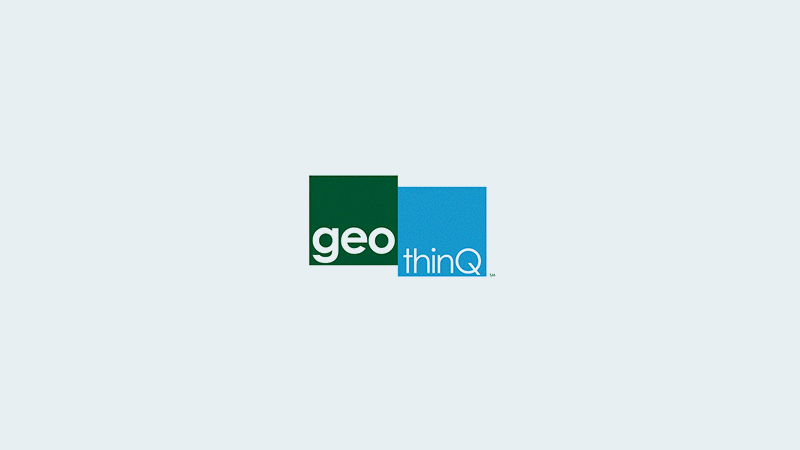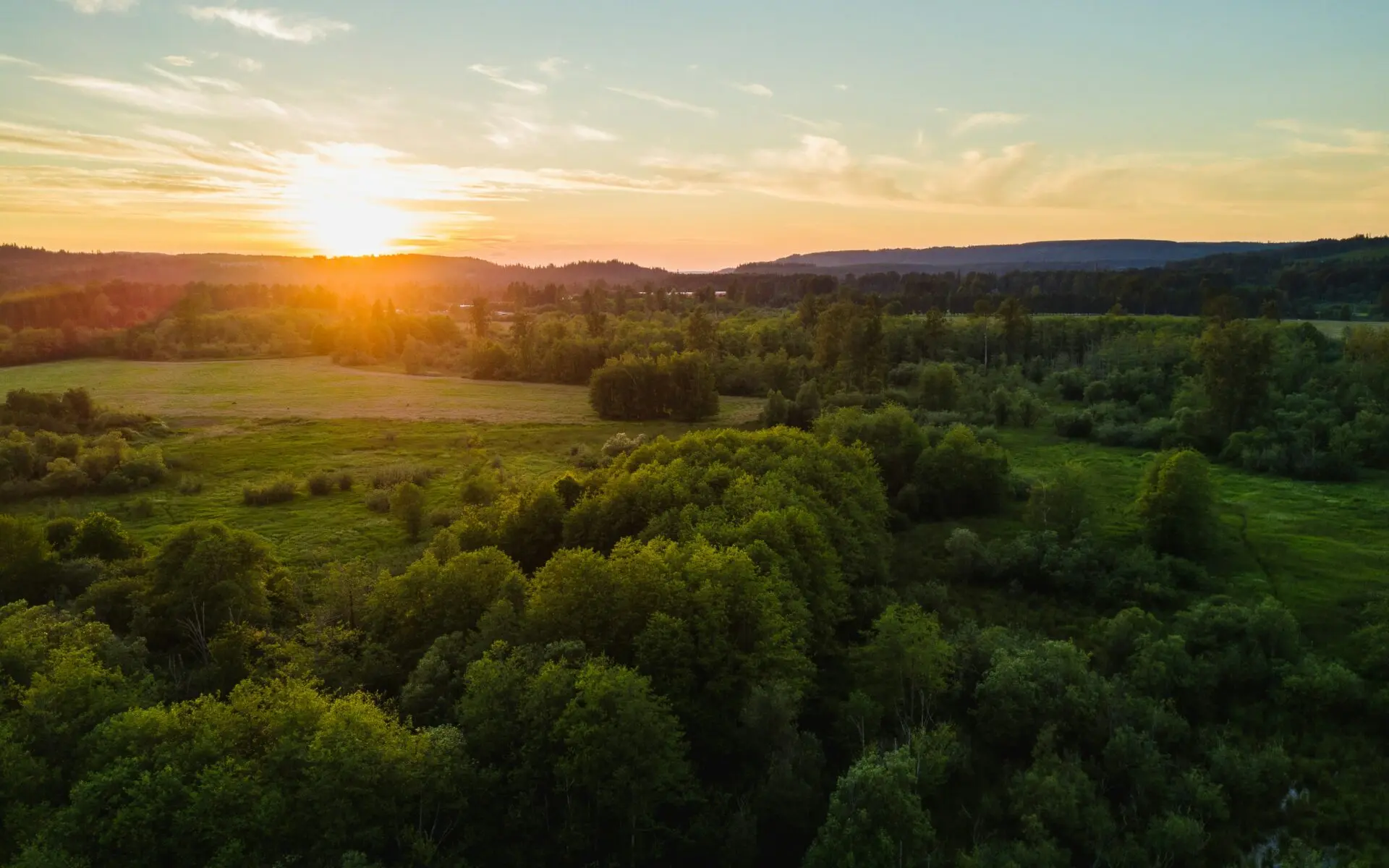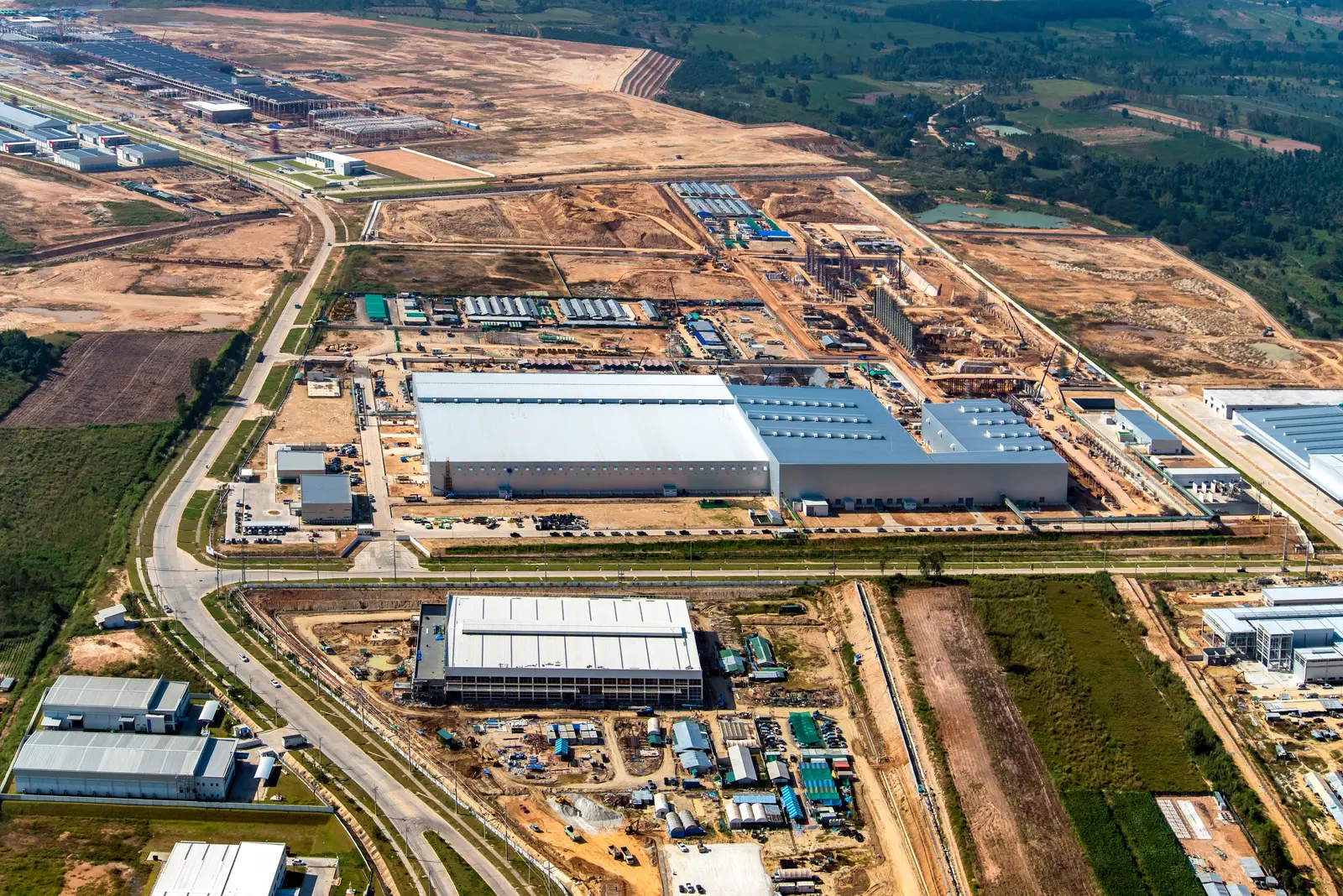GIS Provides Land Developers A Blueprint for Site Evaluation
September 1, 2022
The land development market size has grown an average of 0.6% year-over-year between 2017 and 2022 in the U.S. Because of steady market increases, developers need GIS technology to quickly and easily pick the perfect plot of land during the site evaluation process to expand on industry growth.
Learn how leaders in the land development industry use Latapult to plan for projects, streamline development workflows, and beat out the competition.
3 Steps to Building a Blueprint for Site Evaluation with GIS
Latapult’s GIS and site evaluation software gives land developers a better way of planning, preparing, and executing a land project. It is also often used as a starting point as developers begin their projects in search of finding suitable land.
Learn more about Latapult and how it can help your development team succeed in today’s fluctuating market.
1. Finding Land
When building a new construction, builders often start from scratch in the land and site evaluation phase – a blank blueprint canvas so to say. With Latapult, builders can start adding to this blank canvas with relevant land research procured straight out of the application to help choose the perfect piece of land to develop. Ashton Woods’ Vice President of Land Acquisition, Kevin Wadley, even shared that Latapult “has been instrumental in helping us meet our objectives of acquiring land.”
2. Narrowing Land Prospects
After choosing a number of land prospects, builders need to determine which is best for their next development project, often based on criteria like local demographics or proximity to amenities and services. By using Latapult tools like Buildable Area, developers can confirm if a parcel checks the boxes on specific criteria conducive to project success like soil type, slope, proximity to wetlands and floodplains, and more.
Additionally, other tools and datasets such as Points of Interest, travel areas, demographic data, and ACS census data can be used to narrow down project priorities further. These tools give builders an opportunity to get a better idea of how close local amenities and services are to a land parcel and what population can be reached with their project. They can also provide information on the population or workforce surrounding the residential or commercial development to determine things like how many homes to build or if an office space is needed within a community.
3. Ask Questions & Collaborate with Teams on Development Plans
Once land is chosen, land developers can use Latapult to set up an initial development plan. As Latapult is available in one centralized platform, multiple building and construction teams can collaborate on the same project through sharing capabilities. Various tools like pins and bookmarks allow teams to share valuable site data such as updated project boundaries and existing environmental features, bypassing needless explanatory emails or phone calls to save time. By collaborating within Latapult, your team can stay on track and in step to speed up workflows, ultimately completing your project quickly and successfully.
With all the necessary information in hand, it’s time to develop!







